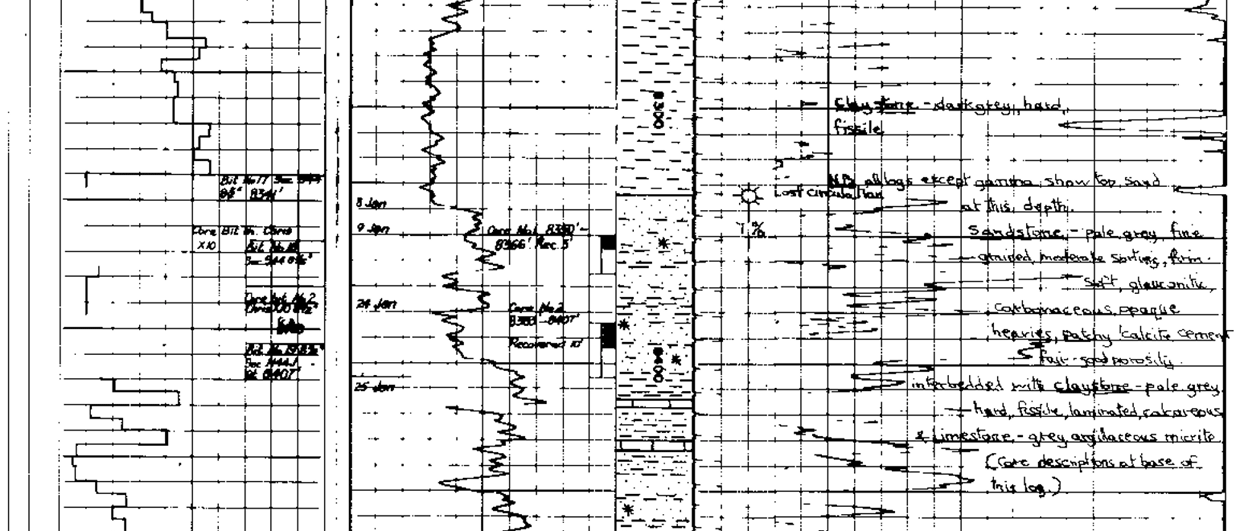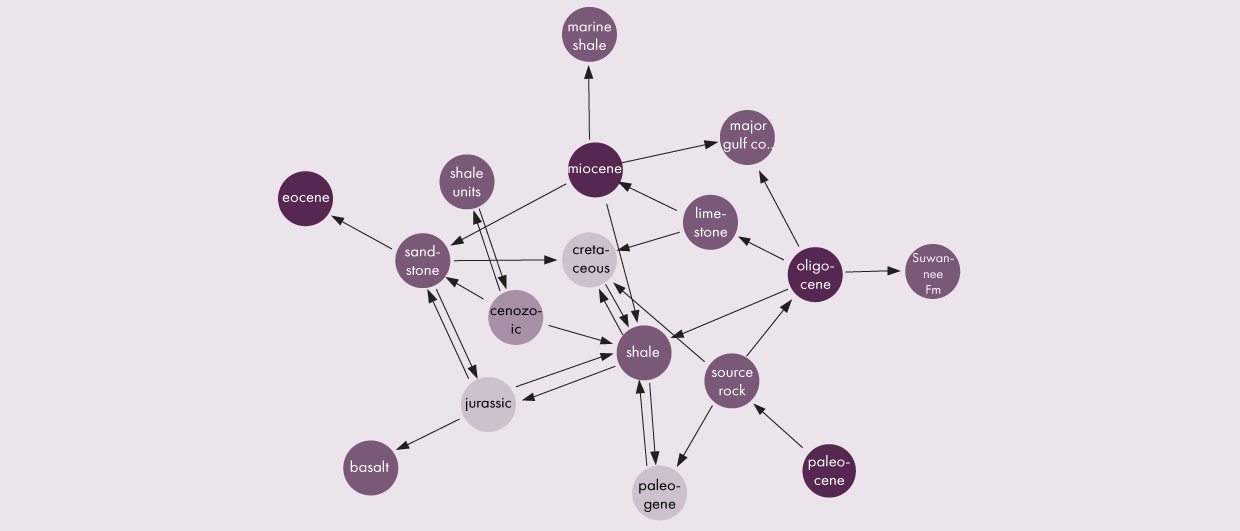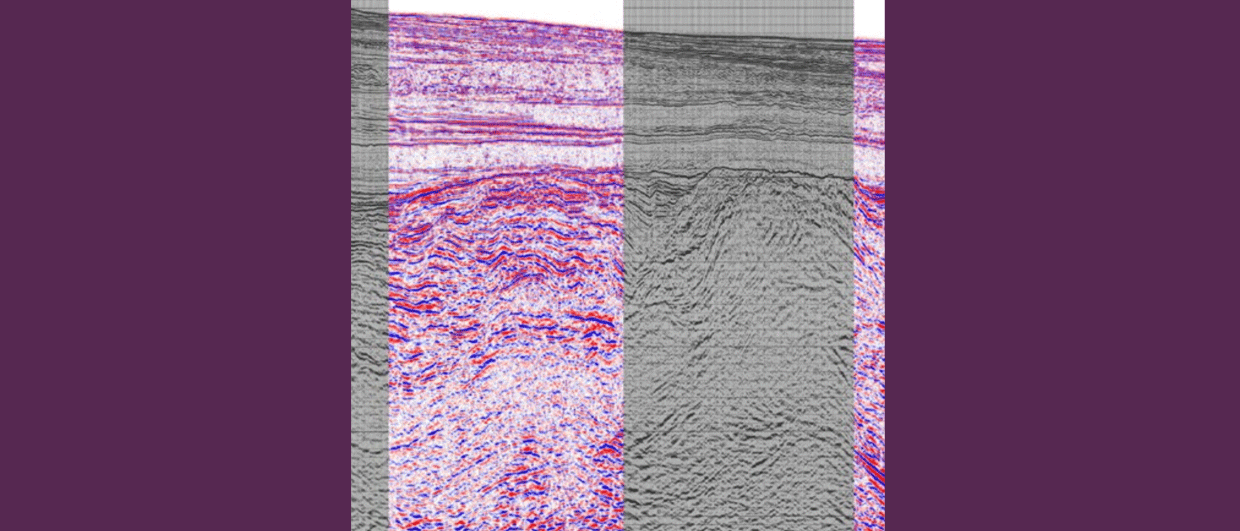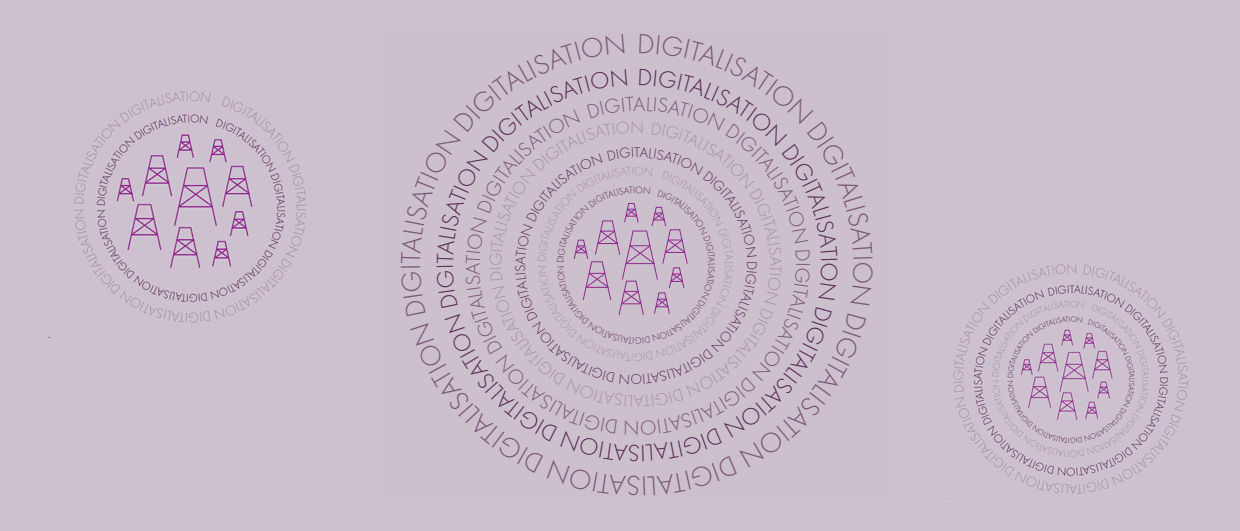It must have been in November 2018, as I chaired a session at the PETEX Conference in London, when Ronny Parr from bp gave a talk entitled “From Trash to Treasure – Sifting through old data with new tools and techniques to unlock the next generation of high-value discoveries in the UKCS”. It was an inspiring presentation, not only because Ronny was an excellent speaker, but also because of the theme of the talk.
There are too many presentations about the value of digitalization without a real concrete example. But in this case, it was all about the examples, and they were good, too. Ronny discussed how a meticulous approach to scanning old data most people did not see the value of anymore could, in fact, contain the key to the next discovery.
“In the 1970s and 1980s”, Ronny said, “it was all about drilling the big bumps.” The advance of 3D seismic made another generation of more subtle discoveries possible during the 1990s. Then, in the 2000s, with the integration of wells and seismic, in addition to better software becoming available, even more subtle plays could be explored.
In one example, Ronny showed a composite well log from 1972 in which the geologist had put a gas show sign on the right-hand side of the paper. In combination with the thin oil zones that could be demonstrated through log analysis, there were signs that a small hydrocarbon column had been found. However, it took two wells that failed to find a reservoir before the third was ultimately drilled in 2008 before the Kinnoull field was finally found. The key? Reservoir isochron mapping through the mapped closure at the level where the initial shows were noted. This clearly demonstrated that a band of sand crossed the closure from north to south, with the two unsuccessful wells drilled on either side. Only 36 years after drilling the first well, with the increased level of detail provided by seismic data, could this discovery be made. However, only through the initial observation of gas shows in the margin of the composite well log.
Ronny showed a few more examples of this kind, all demonstrating the value of digging through old files.
We are a few years further down the line now, and with the advent of AI and text recognition, the question is now: Is it possible to automate the search for hand-written notes in old well logs to increase the likelihood of finding overlooked pay? That is a question I recently asked a company specialised in scanning old borehole logs. They did not have an immediate solution available, but hopefully in the next issue, I may be able to report on this a bit more, as we will embark on a small research project. How many prospects are there still waiting to be uncovered?





